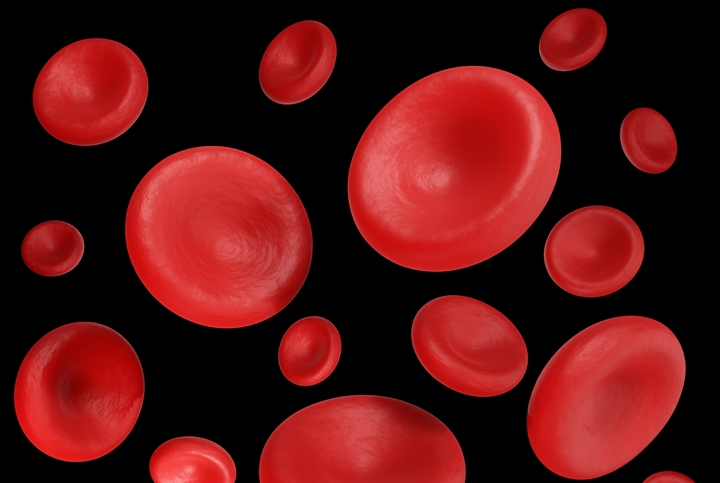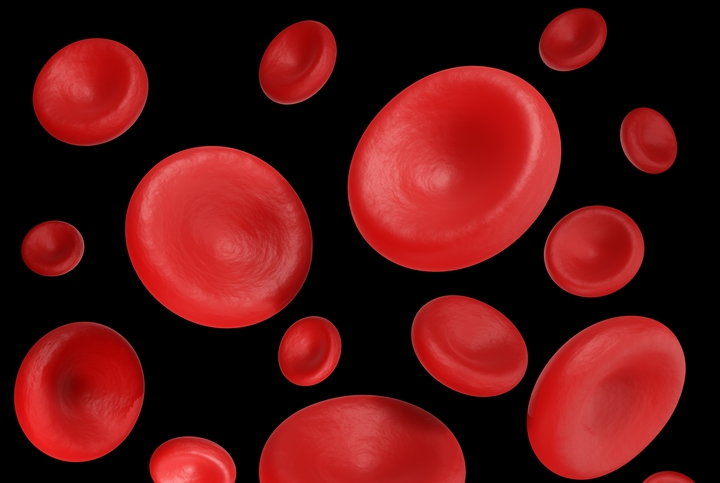
Researchers at the University of Plymouth and Technische Universität Dresden have discovered a new therapeutic technique for tissue regeneration and cancer treatment. The therapeutic target relates to a protein called Prominin-1, which affects stem cell behaviour.
Lead researchers Dr. Bing Hu and Dr. Denis Corbeil have found that Prominin-1 (also known as CD133) is an important compound that alters how stem cells react to extracellular signals. After making these findings, they believe that changing Prominin-1 levels may help them develop novel approaches for treating cancer.
Stem cells are powerful cells that are capable of differentiating into other types of cells. However, they need to receive certain chemical signals in order to reproduce and differentiate into the other types of cells. If they do not receive these chemical signal, the stem cells may leave a section of the body without adequately regenerating tissue.
The behaviour of stem cells is relevant to cancer research, because certain types of cancer cells behave like stem cells. Their reproduce in a similar way to a stem cell, allowing the cancer cells to sustain the disease within the body.
The research produced by Dr. Hu and Dr. Corbeil found that an absence or mutation of Prominin-1 will compromise the ability of stem cells to activate. The stem cells could no longer reliably differentiate to regenerate tissue or form hard tissue.
This information may help researchers develop treatments that stop cancer cells in their tracks. Theoretically, they will be able to reduce Prominin-1 and stop cancer cells from spreading in certain parts of the body.
The study, titled “Prominin-1 controls stem cell activity by orchestrating ciliary dynamics,” was published in the EMBO Journal. The research was funded by the Biotechnology and Biological Sciences Research Council (BBSRC), and the European Union Marie Curie Action.
Dr. Hu wrote of the importance of understanding how stem cells work: “Stem cells are so important, as, in the future, they may be used from laboratories to replace cells and tissues that have been damaged or lost due to disease – so it’s vital to understand how they work.”
Source: New insight into stem cell behaviour highlights therapeutic target for cancer treatment
{{cta(‘d62560c2-336a-4f88-9683-44a37a5bd7fd’)}}


